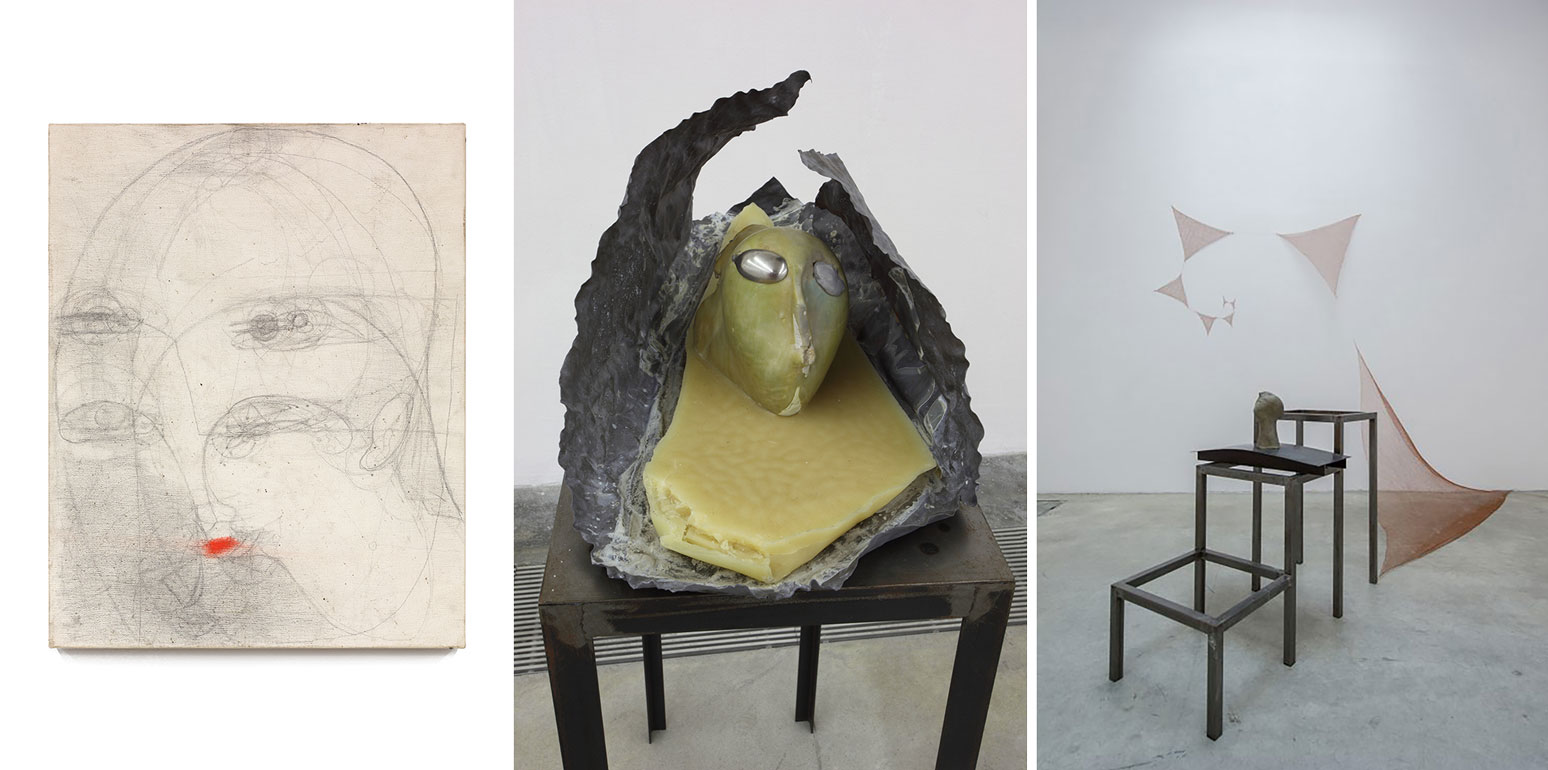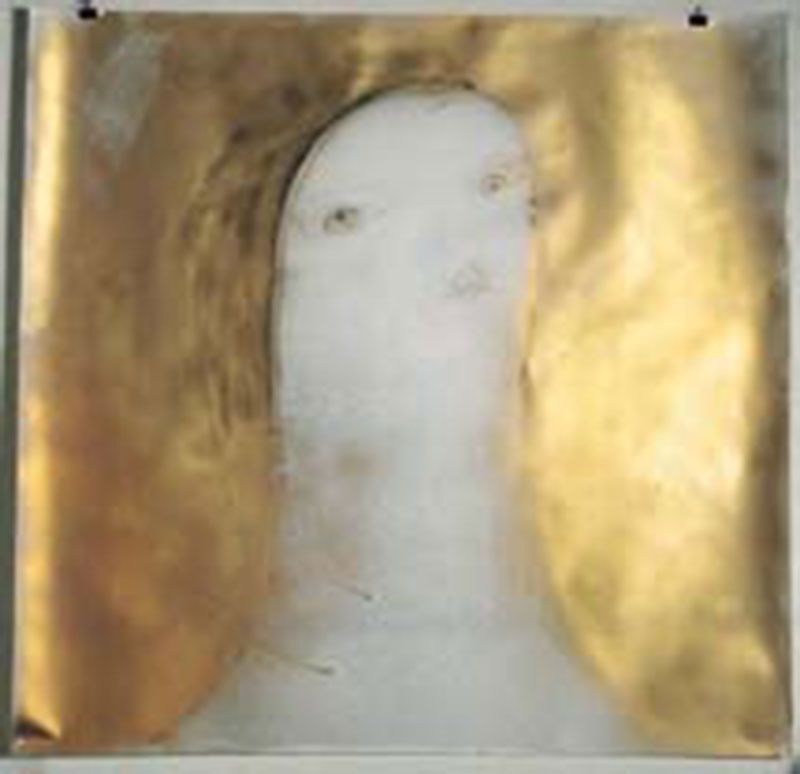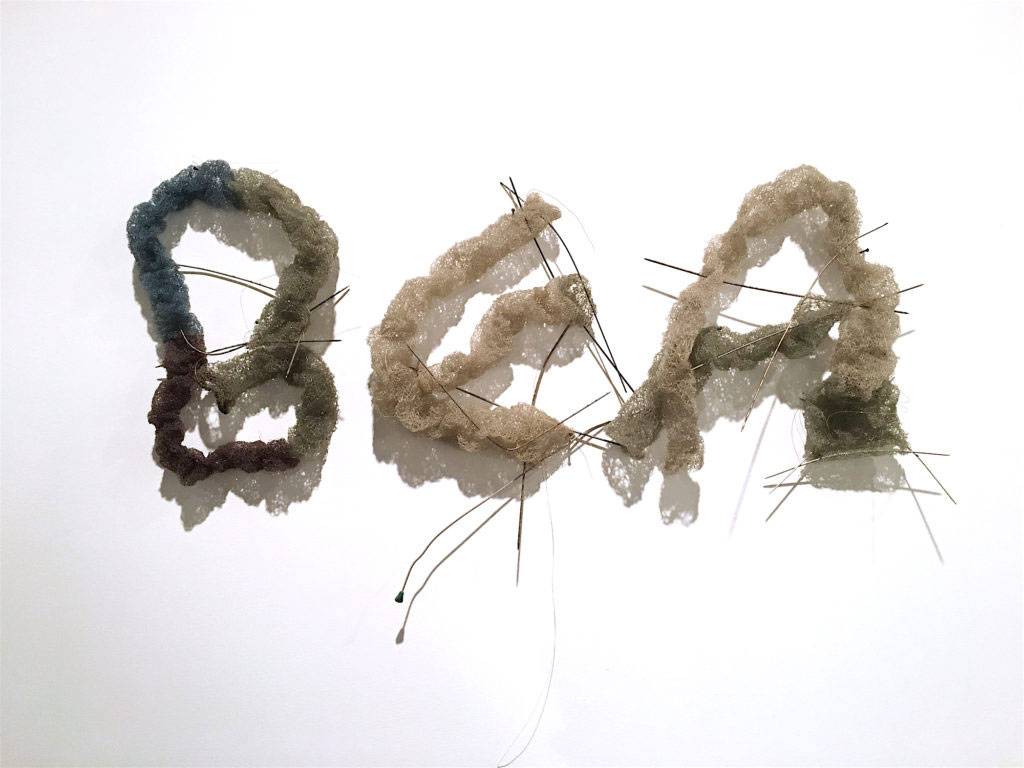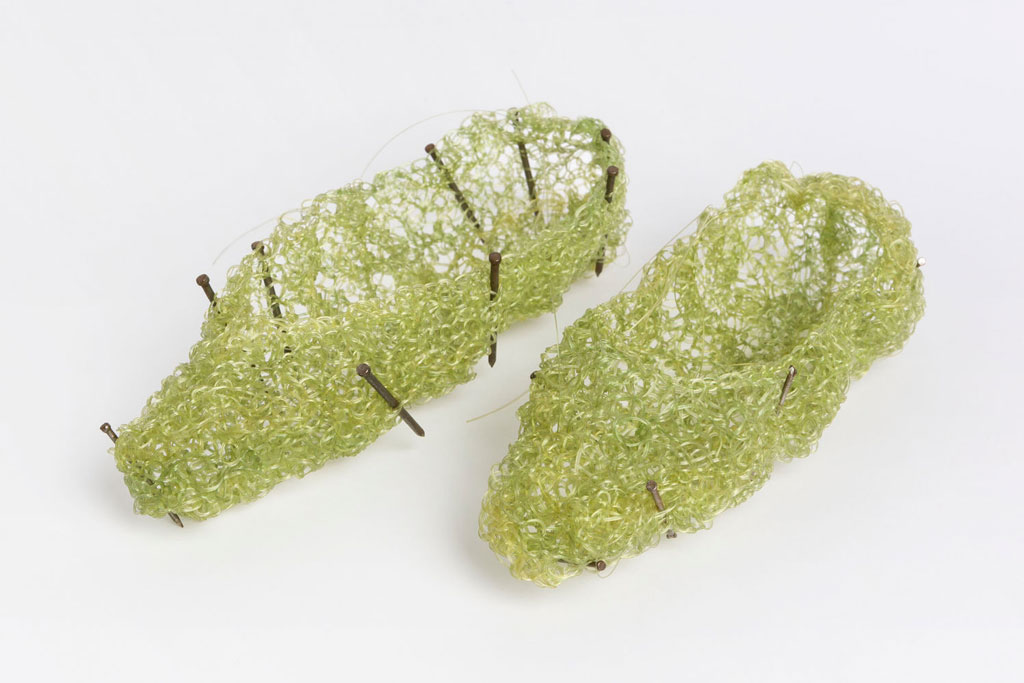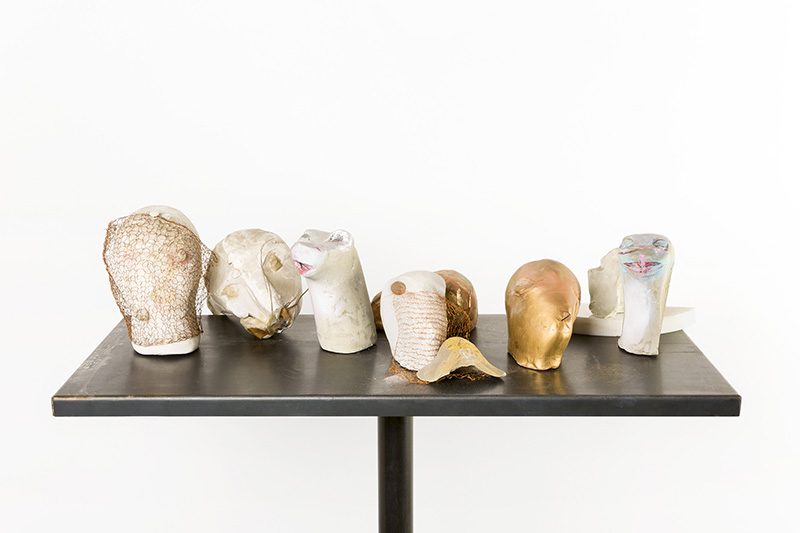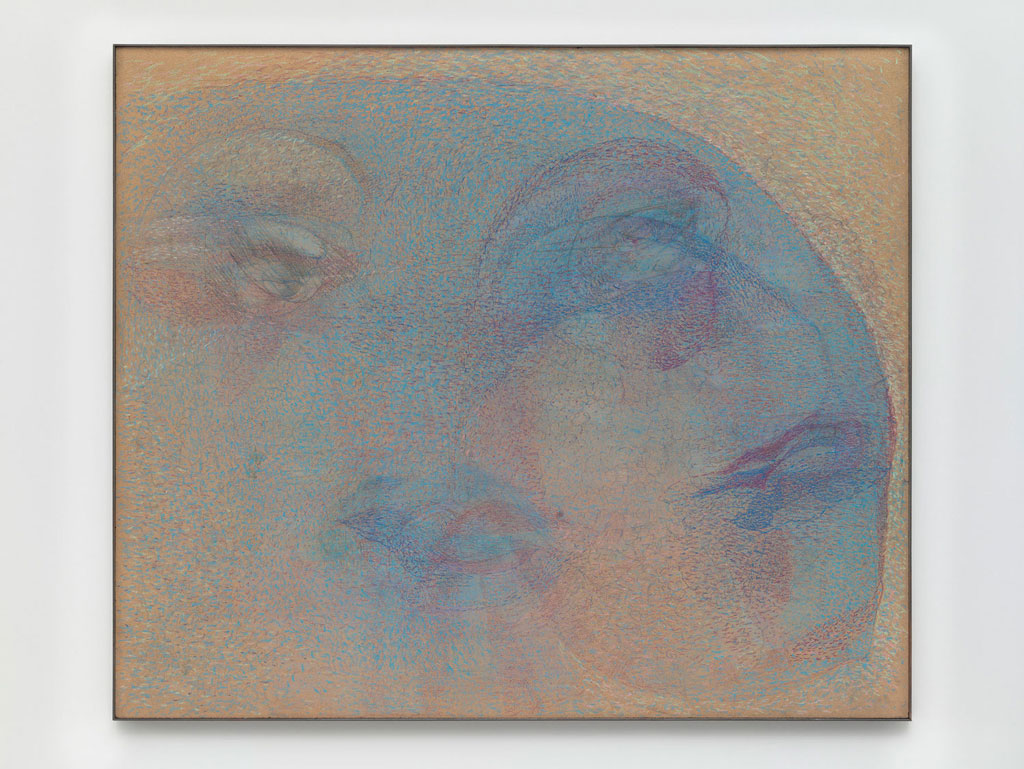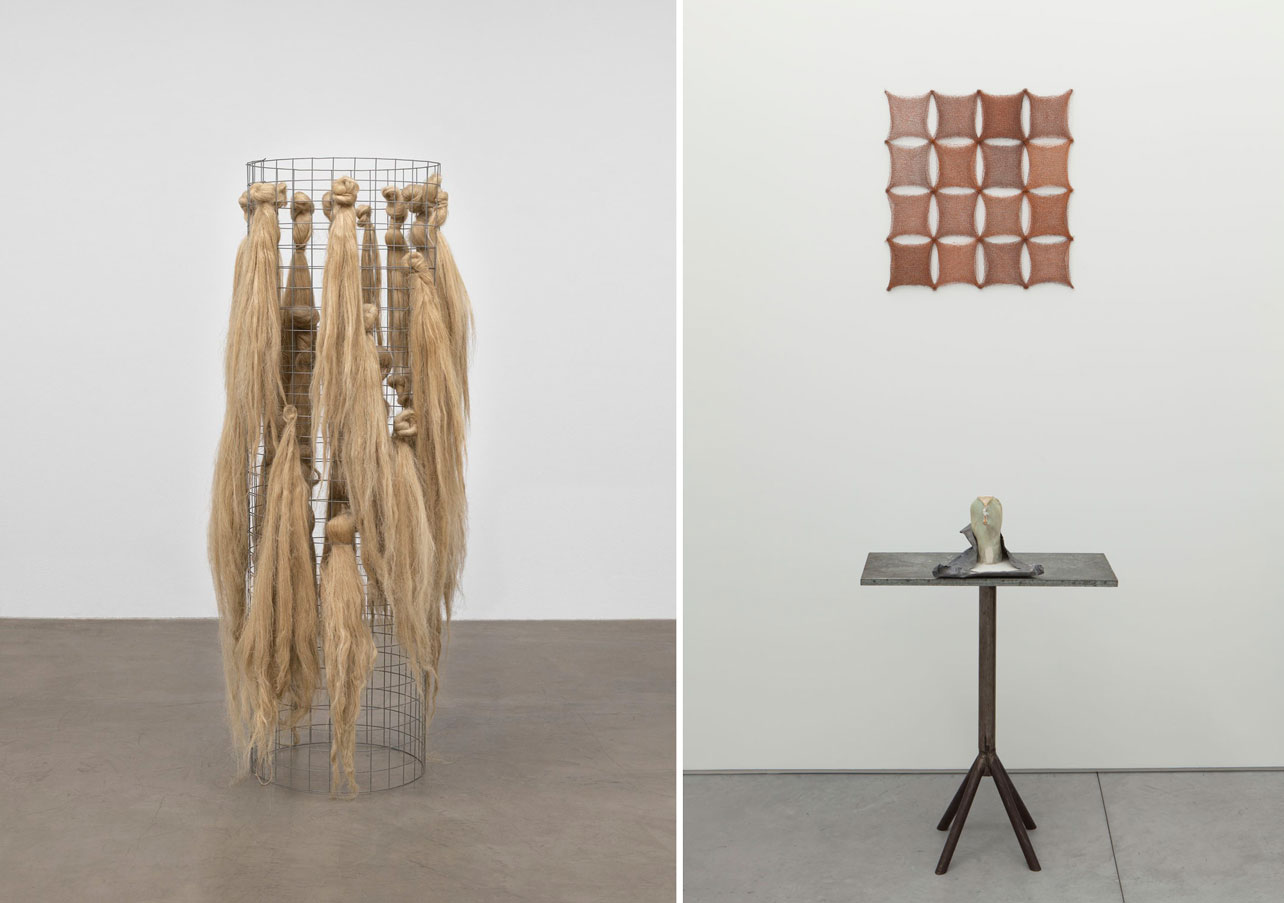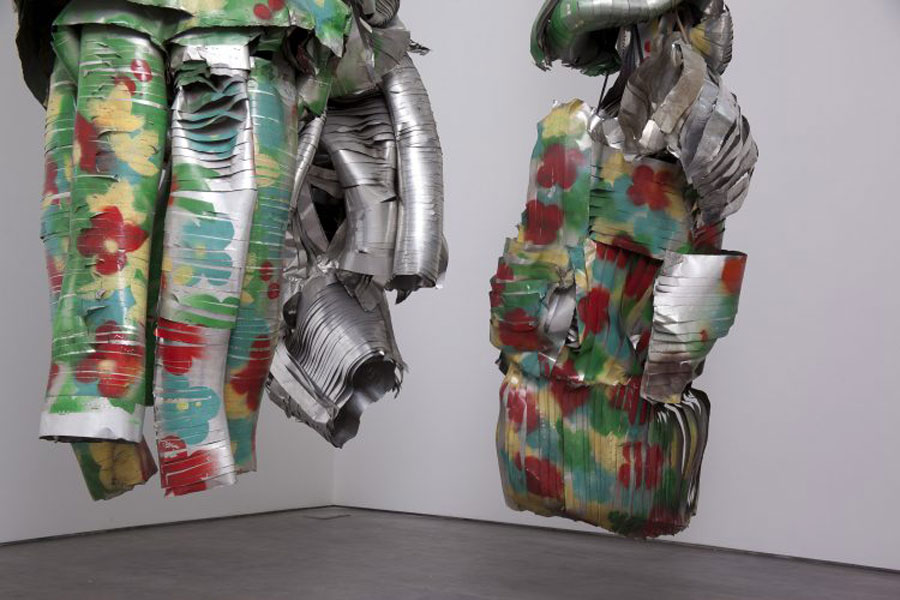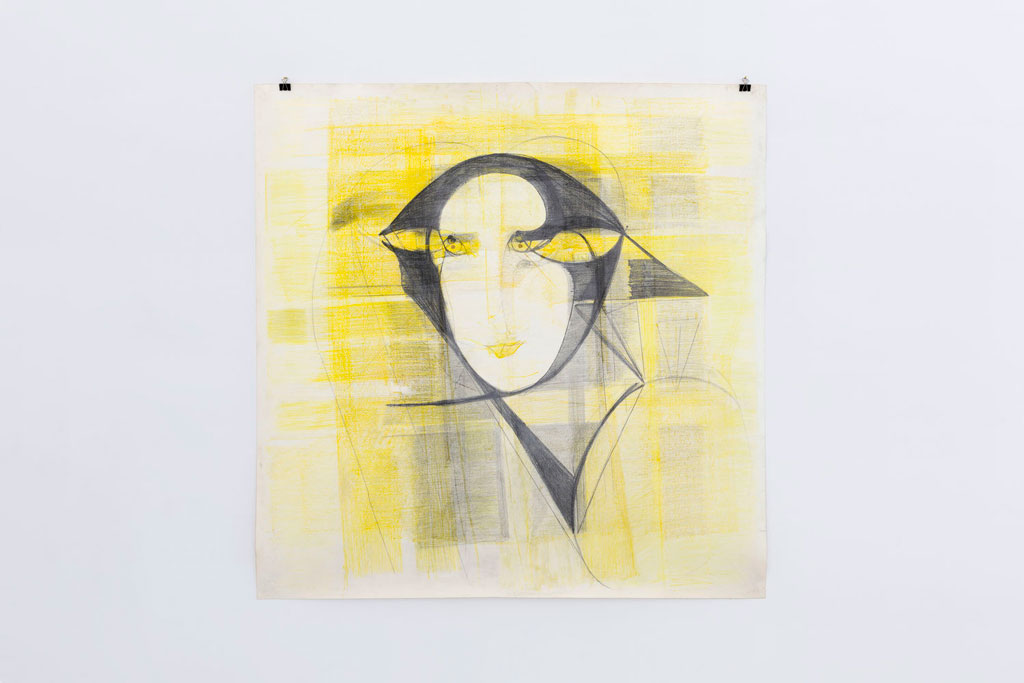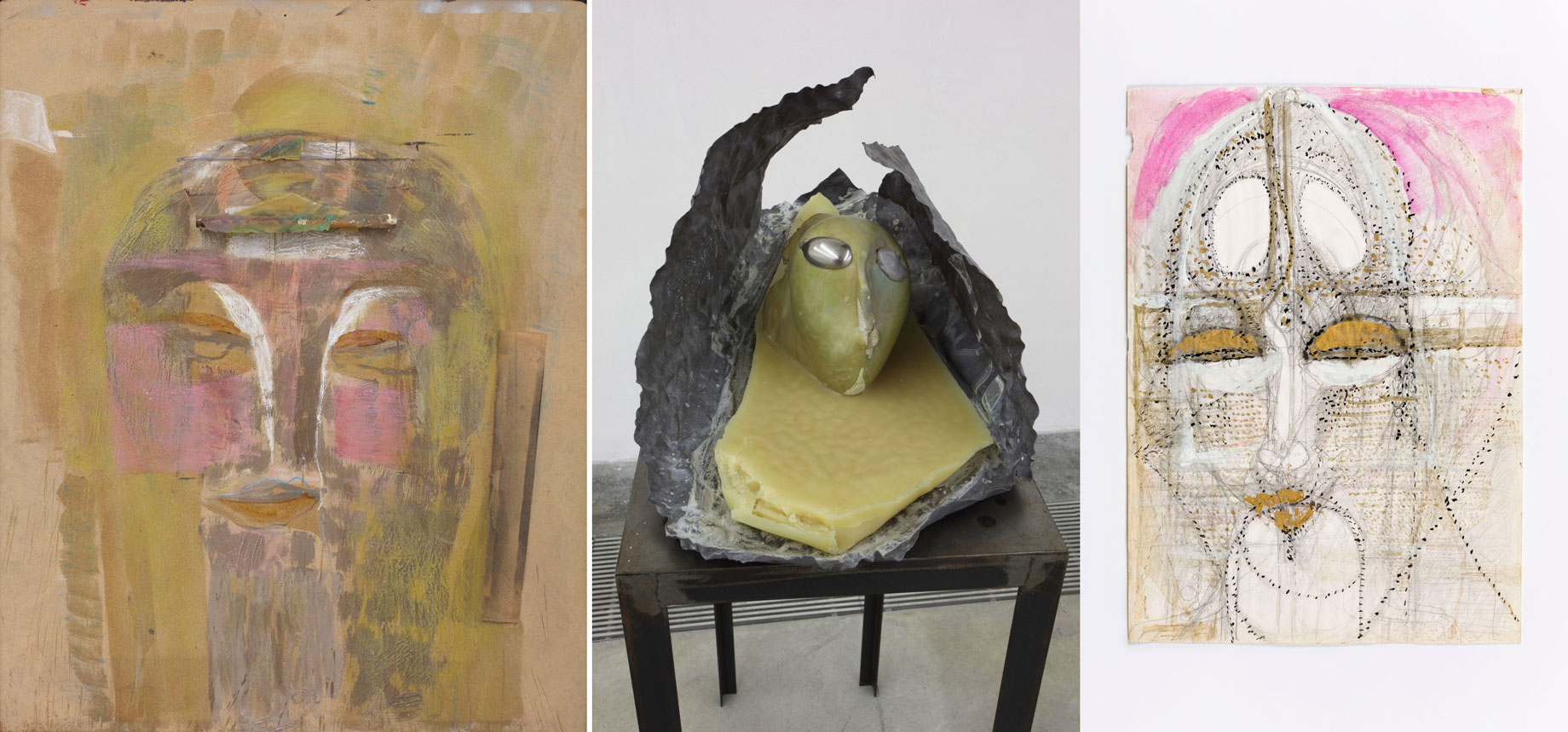TRACES: Marisa Merz
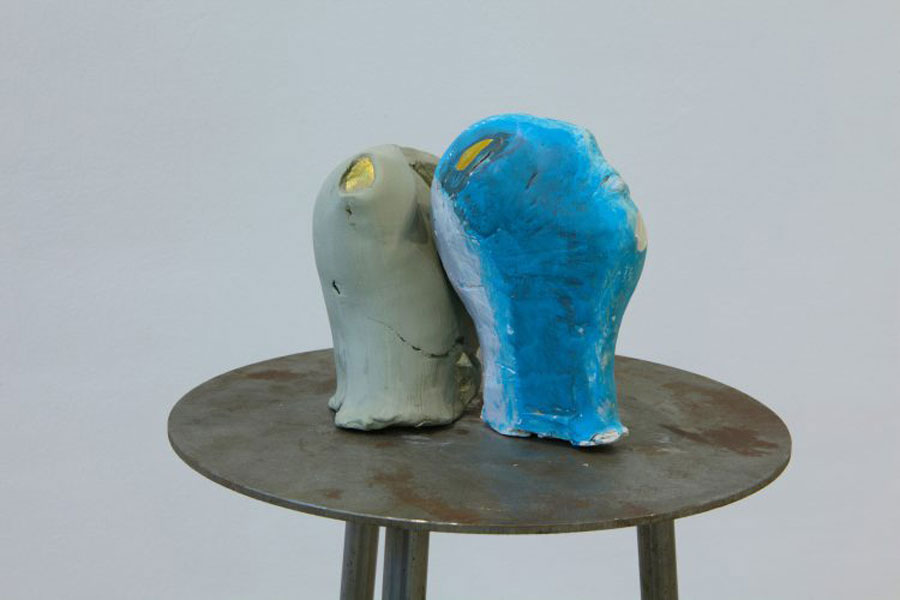 Today is the occasion to bear in mind Marisa Merz (23/5/1926-19/7/2019) one of the central figures and the only woman artist participating in the historical movement of Arte Povera. She is renowned for her use of unusual materials, such as copper wire, clay and wax, Μerz creates sculptures and drawings reflecting a poetic sensitivity and gently unfolding her vision of art and life. Through documents or interviews, starting with: moments and memories, we reveal out from the past-unknown sides of big personalities, who left their indelible traces in time and history…
Today is the occasion to bear in mind Marisa Merz (23/5/1926-19/7/2019) one of the central figures and the only woman artist participating in the historical movement of Arte Povera. She is renowned for her use of unusual materials, such as copper wire, clay and wax, Μerz creates sculptures and drawings reflecting a poetic sensitivity and gently unfolding her vision of art and life. Through documents or interviews, starting with: moments and memories, we reveal out from the past-unknown sides of big personalities, who left their indelible traces in time and history…
By Efi Michalarou
 Marisa Merz was born in Turin, Italy. She studied classical ballet and modelled for Felice Casorati for a period. In the 1950s she met the artist Mario Merz, who would later become her husband, who was studying in Turin. In 1960, they married and had a daughter. The couple lived in Frutigen in the Alps for three years. Very little about Merz’s early life, including her maiden name, is known publicly. In 1966, working at their home in Turin, Merz sliced up aluminum sheeting, stapling the ribbons together, painting some, and hanging them from the ceiling in the kitchen. These “Living Sculptures” as she called them, have become some of her most recognizable works, recalling underwater creatures or classical modernist sculpture that has been blown up, reassembled, and made to fly. In 1967, for her first solo exhibition at the Gian Enzo Sperone gallery in Turin Marisa made a folded aluminium foil installation. In 1968, on the occasion of the “Arte Povera + Azioni Povere” group exhibition curated by Germano Celant in the arsenal of the Antica Repubblica di Amalfi, Marisa Merz exhibited on the beach rolled blankets packaged with copper wire and adhesive tape as well as works made from nylon thread, copper or nylon relating to the birth of her daughter Beatrice. The artist introduced into the language of contemporary sculpture techniques that were traditionally considered part of the area of crafts or of “women’s” work; however, she subverted such ideas and gave the materials and working processes she variously employed all the dignity of art. In 1968 she released her own statement, one of the rare occasions she made any public comment: “I’m not interested in power or in career; only myself and the world interest me. I can do little, very little. I am battling against malice and competition. I cannot escape the reality I see” and began knitting nylon or copper threads into simple geometric shapes to fit her body. “Little Shoes” (1970), is a nylon-thread sculpture made for her feet. “Bea” (1968) is another knitted work, spelling out her daughter’s name. These delicate, web-like works have been installed both along gallery walls and in external locations such as beaches. Outdoors, they appear to grow like plants or grip on like living creatures. This inter-weaving of threads into a complicated network implies both an obsessive energy and ideas of communication and interconnection. Merz herself has spoken of an intense excitement running through these threads. After participating in the 1973 group exhibition “Ricerca estetica dal 1960-1970” in the Palazzo delle Esposizioni, Rome, as part of the “X national art quadrennial”, Marisa Merz’s interventions took on an openly environmental character in a series of “rooms” that the artist specifically undertook in complementary spaces. These were spaces that the artist transformed into a huge mosaic in which she herself was the central figure and animator. This continual shift from a personal dimension to a public one, according to the oscillation of forms and works which periodically found their specific yet continually different way of being exhibited, is an important key to an understanding of Marisa Merz’s work. Since then the artist has only exhibited in important group shows such as the XXXIX Venice Biennale, 1980, where Harald Szeemann invited her to take part in an exhibition called “L’arte degli anni settanta; L’art en Italie depuis 1959”, curated by Germano Celant for the Centre Georges Pompidou in 1981; “Avanguardia. Transavanguardia” curated by Achille Bonito Oliva for the Palazzo delle Esposizioni, Rome, in 1982. For Documenta 7 in Kassel in 1982, Marisa Merz organized a small room next to one by Meret Oppenheim and thus began a dialogical type of showing to which she was to return in later years. In 2001, at the Venice Biennale, or Biennale di Venezia, Merz received the Special Jury Prize Award and at the 2013 Venice Biennale she was awarded the Golden Lion for Lifetime Achievement.
Marisa Merz was born in Turin, Italy. She studied classical ballet and modelled for Felice Casorati for a period. In the 1950s she met the artist Mario Merz, who would later become her husband, who was studying in Turin. In 1960, they married and had a daughter. The couple lived in Frutigen in the Alps for three years. Very little about Merz’s early life, including her maiden name, is known publicly. In 1966, working at their home in Turin, Merz sliced up aluminum sheeting, stapling the ribbons together, painting some, and hanging them from the ceiling in the kitchen. These “Living Sculptures” as she called them, have become some of her most recognizable works, recalling underwater creatures or classical modernist sculpture that has been blown up, reassembled, and made to fly. In 1967, for her first solo exhibition at the Gian Enzo Sperone gallery in Turin Marisa made a folded aluminium foil installation. In 1968, on the occasion of the “Arte Povera + Azioni Povere” group exhibition curated by Germano Celant in the arsenal of the Antica Repubblica di Amalfi, Marisa Merz exhibited on the beach rolled blankets packaged with copper wire and adhesive tape as well as works made from nylon thread, copper or nylon relating to the birth of her daughter Beatrice. The artist introduced into the language of contemporary sculpture techniques that were traditionally considered part of the area of crafts or of “women’s” work; however, she subverted such ideas and gave the materials and working processes she variously employed all the dignity of art. In 1968 she released her own statement, one of the rare occasions she made any public comment: “I’m not interested in power or in career; only myself and the world interest me. I can do little, very little. I am battling against malice and competition. I cannot escape the reality I see” and began knitting nylon or copper threads into simple geometric shapes to fit her body. “Little Shoes” (1970), is a nylon-thread sculpture made for her feet. “Bea” (1968) is another knitted work, spelling out her daughter’s name. These delicate, web-like works have been installed both along gallery walls and in external locations such as beaches. Outdoors, they appear to grow like plants or grip on like living creatures. This inter-weaving of threads into a complicated network implies both an obsessive energy and ideas of communication and interconnection. Merz herself has spoken of an intense excitement running through these threads. After participating in the 1973 group exhibition “Ricerca estetica dal 1960-1970” in the Palazzo delle Esposizioni, Rome, as part of the “X national art quadrennial”, Marisa Merz’s interventions took on an openly environmental character in a series of “rooms” that the artist specifically undertook in complementary spaces. These were spaces that the artist transformed into a huge mosaic in which she herself was the central figure and animator. This continual shift from a personal dimension to a public one, according to the oscillation of forms and works which periodically found their specific yet continually different way of being exhibited, is an important key to an understanding of Marisa Merz’s work. Since then the artist has only exhibited in important group shows such as the XXXIX Venice Biennale, 1980, where Harald Szeemann invited her to take part in an exhibition called “L’arte degli anni settanta; L’art en Italie depuis 1959”, curated by Germano Celant for the Centre Georges Pompidou in 1981; “Avanguardia. Transavanguardia” curated by Achille Bonito Oliva for the Palazzo delle Esposizioni, Rome, in 1982. For Documenta 7 in Kassel in 1982, Marisa Merz organized a small room next to one by Meret Oppenheim and thus began a dialogical type of showing to which she was to return in later years. In 2001, at the Venice Biennale, or Biennale di Venezia, Merz received the Special Jury Prize Award and at the 2013 Venice Biennale she was awarded the Golden Lion for Lifetime Achievement.
